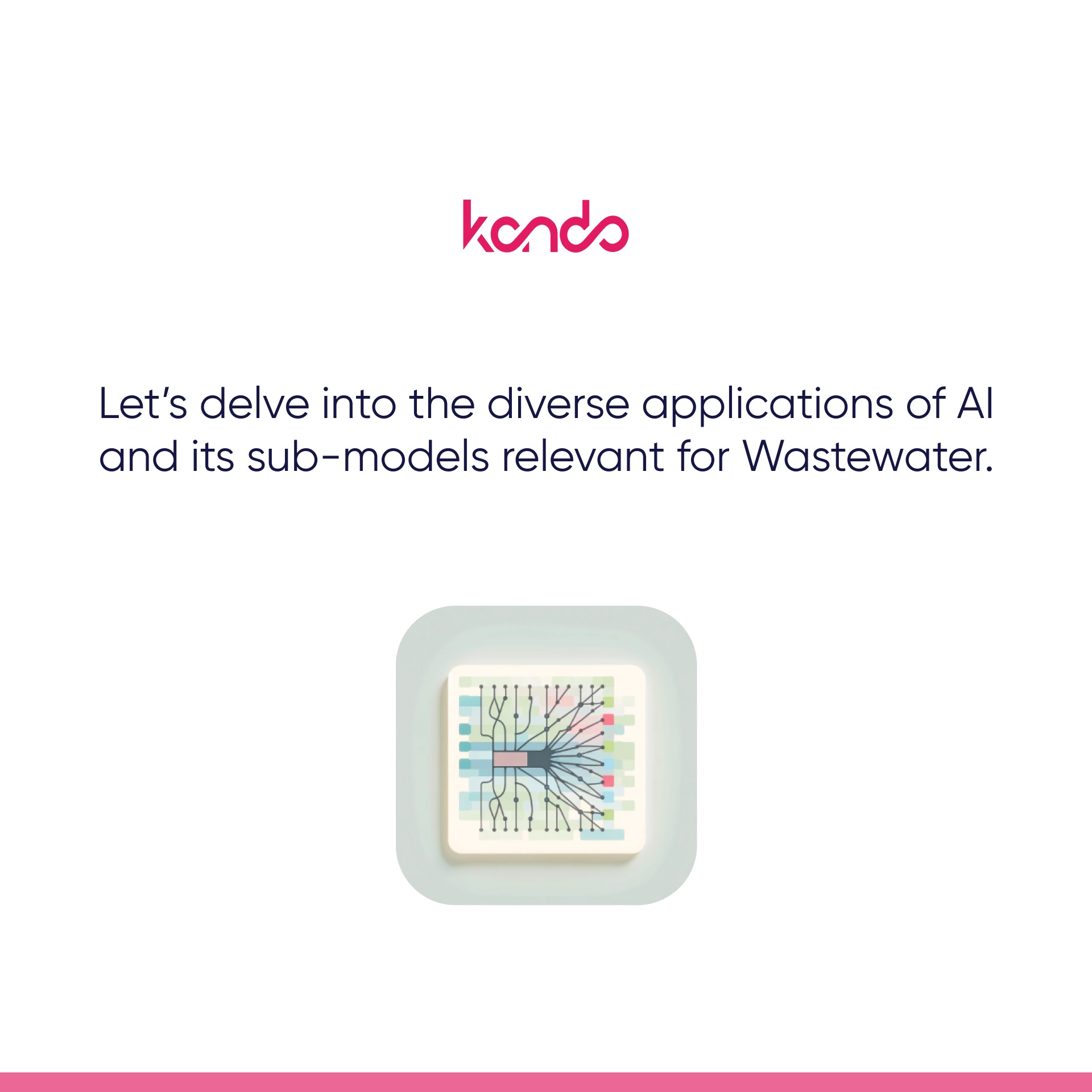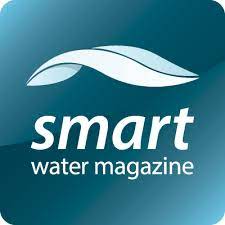
Admin
May 17, 2022
A $665 Million Question: How to make the most out of New York’s investment?


How to make the most out of New York’s investment?
After New York City received $665 million to improve water pollution control in the city, the question of how the money should be spent looms large. With current systems failing and new technologies emerging to support ever more impressive wastewater quality, the answer might not be as simple as the renewal programs of the past.
New York is a city with a problem. I know, I know, ‘show me a city without problems’, but as you may have guessed from the headline and the paragraph above, this one is all about money and improving wastewater quality, and how best to spend the former to reduce the latter.
In early 2022, reports showed that there was around a 50% chance that, on any given day, contaminated wastewater from New York’s more than 8 million residents and businesses would make the waters around the coastal city unsafe for human contact.
Of the almost 500 billion gallons of wastewater that runs through the city’s sewer system each year, more than 4% – some 20 billion gallons – of untreated sewage bypasses the city’s sewage treatment plants and gets dumped straight into the water.
4% of NY’s sewage goes straight into natural waterways – around 20 billion gallons a year
So, why is this?
As with any discussion about systems and systemic failings, the answer resists simplification.
New York’s wastewater collection network is a mix of separated and combined systems, with around 60% using a single pipe to carry both wastewater and stormwater to local wastewater treatment plants.
The city’s 14 wastewater resource recovery facilities have to treat an unpredictable mix of industrial, municipal, and stormwater influents. Both contaminant loads and volumes are impossible to predict with any degree of certainty. Increased extreme weather events and the risks of floods puts huge pressure on managing the sewer system, and that the system is often overwhelmed – unable to handle or treat the city’s sewage effectively – should come as little surprise to anyone.
At times of stress, unpredicted surges and contamination events often prove too much, and raw sewage makes its way untreated to the water.
What’s the answer?
Few would argue that the city’s collection system isn’t in need of some form of renewal, but exactly what form that would take is still in the air. Minimizing spills, untreated waste, and the amount of sewage that enters New York’s waterways is one answer. You can achieve that by further separating storm water collection from sewage, and increasing capacity, but the wholesale restructuring of the sewers in one of the busiest cities in the world… it will take a long time and come at huge expense.
There is an alternative.
New technologies that enable real-time data-driven analysis of wastewater systems and the effluent they transport are now available.
Rather than simply installing a bigger, more specialized pipe so you can deal with more contaminated wastewater, these systems simultaneously provide active operatiational insight to optimize the capacity already installed – notifying teams when they need to take action to redirect flows or augment capacity – and support a higher quality of wastewater in the first place.
It is in the city’s interest to improve wastewater quality by identifying, controlling, and ultimately preventing contamination events.
The higher the quality of wastewater in your system, the easier and more efficient your treatment processes can be, and the less impactful a spill is if and when they occur.
Beyond renewal
With $655 million from the New York State Environmental Facilities Corporation (EFC) Board of Directors, the city has the opportunity to radically reconsider its approach to wastewater management.
Smart technologies – including Kando’s Pulse platform – have been validated across multiple applications all over the world, and could support New York to achieve its pollution mitigation and reduction targets.
Using live data inputs from around a collection network to support real-time condition analysis and operational insights, Kando’s system can support unparalleled performance and targeted pollution reduction. With Kando, users are alerted as conditions change, provided with detailed condition mapping and profiling, and supported to maximize the value of their wastewater assets – be it infrastructure, their team, or the wastewater itself.
It is vital for cities of any size to conserve water resources and ensure the release of the highest quality treated wastewater, but with cities as large and densely populated as New York, this is only magnified.
Data-driven technologies can support New York’s goals and help to protect public health and the environment.
Ultimately, it is all about allocating the fund into the right solutions, knowing what you want to achieve and how best to get there.
For cities looking to improve their wastewater handling, reduce the harm caused by their effluent, and maximize the value their systems provide, wastewater data systems are a new tool that’s changing what’s possible, and should be part of any renewal program building for a cleaner water future.
Your wastewater contains the data.
We just need to extract it so that you can optimize your operations.
Contact us and a member of our team will get back to you as soon as possible.




